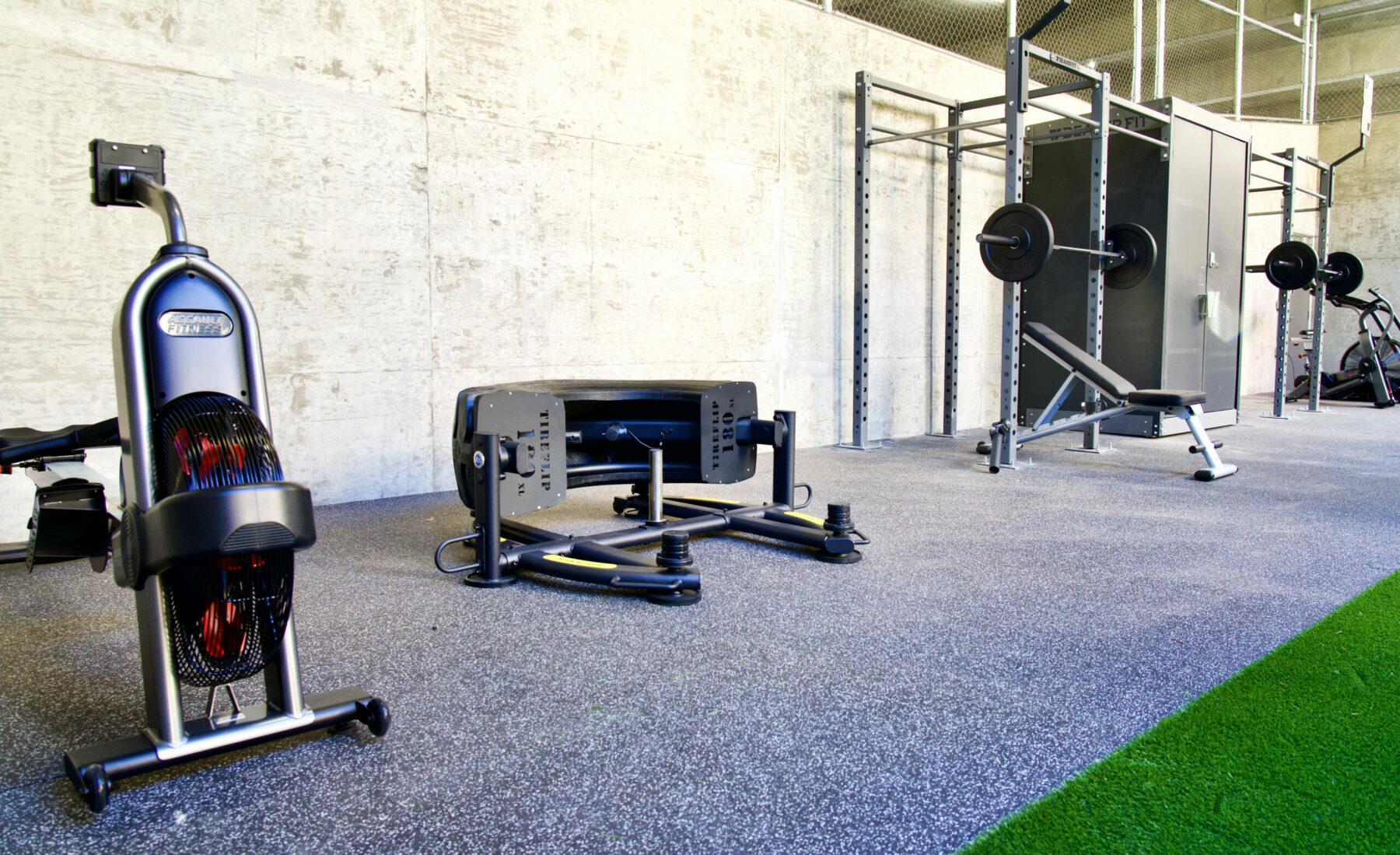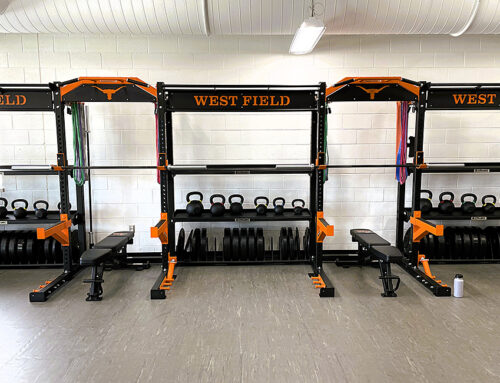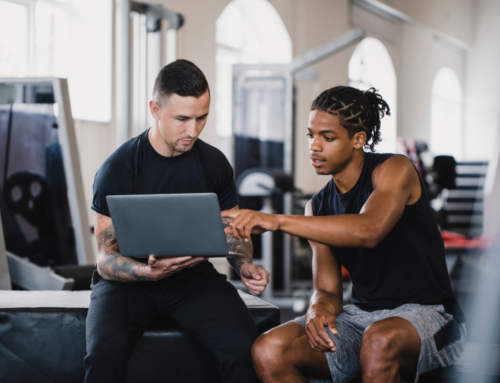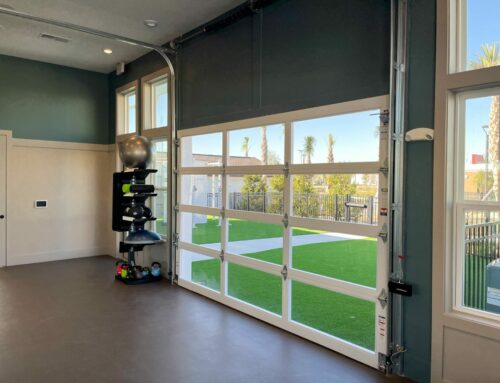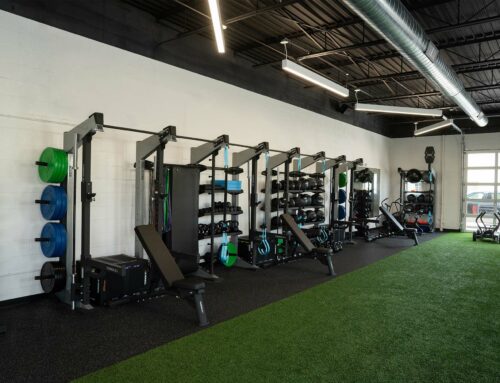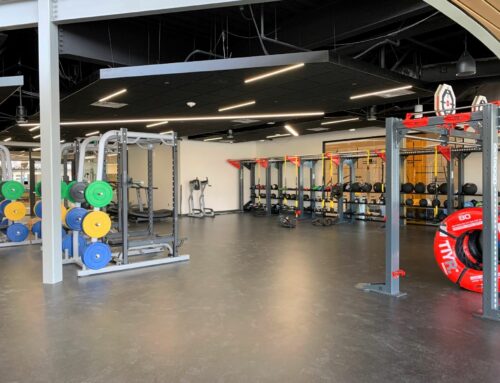As fitness equipment distributors, we often collaborate with numerous gyms and fitness centers, noting a common challenge: the underutilization of space.
Gym owners frequently prioritize maximizing floor space for high-demand equipment like treadmills and weight machines, overlooking areas that could generate additional revenue.
Identify and Assess Dead Space
Dead space in might include:
- Corners of large rooms
- Areas under staircases
- Hallways and corridors
- Unused rooms or closets
- Outdoor spaces
Once identified, assess the potential of these spaces. Consider factors like foot traffic, visibility, and proximity to other amenities.
Innovative Uses for Dead Space
- Functional Training Zones Small, underutilized areas can be perfect for functional training zones. Installing versatile equipment like kettlebells, resistance bands, and medicine balls can create a dynamic workout area without needing much space.
- Stretching and Mobility Corners Designate a quiet corner for stretching and mobility work. Equip this area with mats, foam rollers, and stretching straps. This provides a valuable service to members looking to cool down after a workout or improve flexibility.
- Specialty Fitness Classes Transform an unused room into a space for specialty fitness classes. Offering niche classes like yoga, Pilates, or TRX training can attract a different demographic to your gym. These classes often require minimal equipment but can generate substantial additional revenue.
- Recovery and Wellness Areas Create a recovery zone with massage chairs, recovery boots, or even a small massage therapy area. With the growing focus on holistic health, offering recovery services can set your gym apart from competitors.
- Outdoor Training Areas If your gym has an outdoor area, consider transforming it into an outdoor training zone. Install weather-resistant equipment like battle ropes, tire flips, or agility ladders. This can provide members with a fresh air alternative to indoor workouts and make use of otherwise overlooked spaces.
Choosing the Right Equipment
Choosing the right equipment for these spaces is crucial. Opt for multi-functional, compact equipment that can be used in various ways. Here are some recommendations
- Suspension Trainers: These can be anchored to walls or ceilings, making them ideal for small spaces.
- Compact Cardio Machines: Consider vertical climbers or mini stair steppers that take up less floor space.
- Modular Storage Racks: Keep equipment organized and accessible, making small spaces feel less cluttered.
- Portable Equipment: Items like resistance bands, dumbbells, and kettlebells can be easily moved and stored.
- Connected Fitness: Integrate smart fitness mirrors, connected cardio machines, and fitness apps to offer interactive and personalized workout experiences, attracting tech-savvy members and maximizing space efficiency.
By incorporating these types of equipment, you can ensure that every inch of your gym is functional, engaging, and profitable.
Marketing Your New Offerings
Once you’ve transformed your dead space, it’s crucial to market these new offerings effectively. Here are some strategies:
- Social Media: Share before-and-after photos of the transformed space on social media. Highlight the new services and equipment available.
- Member Communication: Use email newsletters and in-gym posters to inform members about the new areas and classes.
- Free Trials: Offer free trial classes or sessions in the new spaces to encourage members to try them out.
Turning dead space into profit is a smart way for gyms to enhance member experience and boost revenue. By assessing underutilized areas and creatively repurposing them, gym owners can provide new services that meet diverse member needs.
For more information on equipment options and how to maximize your gym’s space, feel free to reach out. Together, we can turn every corner of your gym into a valuable asset!


